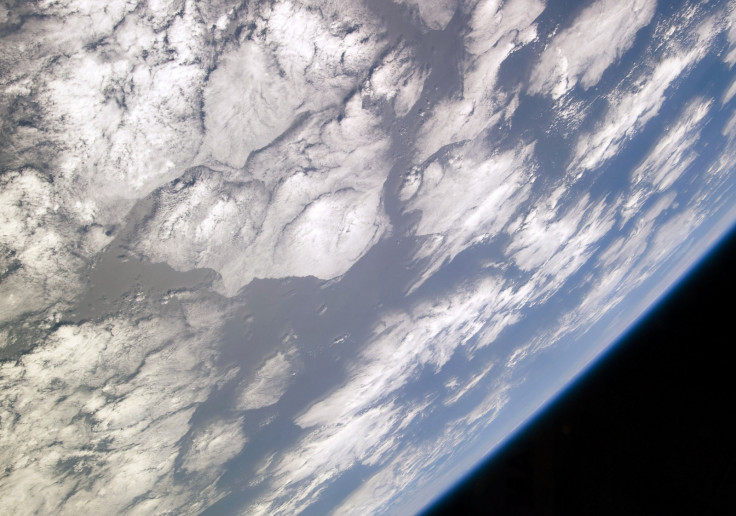Water volumes equal to Pacific Ocean could be stored deep inside Earth says study

The volume of water that currently fills the Pacific Ocean could be buried deep inside Earth right now, according to a theory about a new geochemical pathway explaining how the Earth made its own water.
The study suggests that water on Earth was not only delivered by distant bodies like comets, but also made at home in a geological process where hydrogen in rocks combined with oxygen in minerals to make substantial water reservoirs.
Researchers from Ohio State University presented their finding at the American Geophysical Union (AGU) meeting.
Wendy Panero, associate professor of earth sciences at Ohio State, and doctoral student Jeff Pigott suggest that Earth was formed with entire oceans of water. The water has been continuously cycled from its source in the transition zone as a result of active plate tectonics.
Panero and Pigott resorted to high-pressure physics experiments and computer calculations to study deep mantle rocks in labs.
Rocks can contain hydrogen atoms trapped inside natural voids and crystal defects. Oxygen is plentiful in minerals, so when a mineral contains some hydrogen, chemical reactions can free the hydrogen to bond with the oxygen and make water.
As the mantle is more than 80 percent of the planet's total volume, many such stray hydrogen atoms could make the ocean possible, the researchers suggest.
The team compressed different minerals found in the mantle and subjected them to high pressures and temperatures to gauge their capacities for storing hydrogen.
While the abundant mineral bridgmanite, a high-pressure form of olivine, contains too little hydrogen to play an important role in Earth's water supply, ringwoodite, another form of olivine, does contain enough hydrogen to be a strong candidate for deep-earth water storage.
This means, that water is present where ringwoodite is found and that is the transition zone, at depths of around 800 kilometres below the surface.
How this water is replenished is explained by roping in services of another mineral, garnet, as a likely water-carrier from the surface to the mantle.
Evidence of water reservoirs in the transition zone have been reported earlier and also suggested a role for ringwoodite.
© Copyright IBTimes 2025. All rights reserved.





















